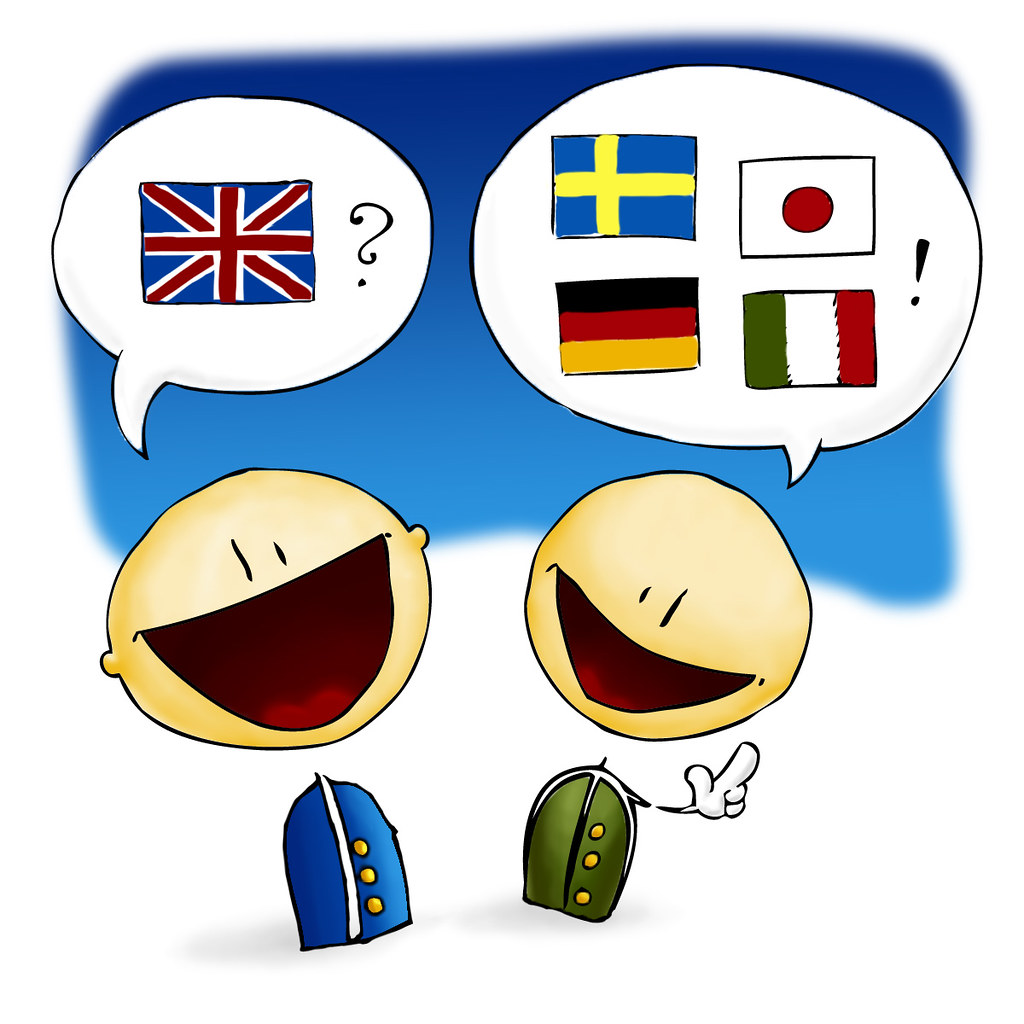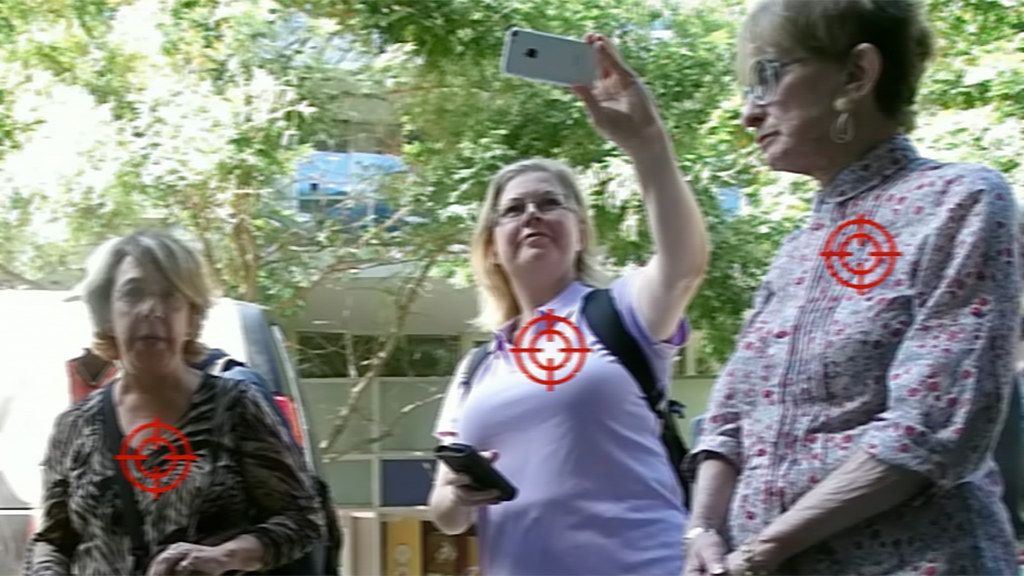In a world where the internet has made it easier than ever for creative people to reach a global audience, language and music distribution channels have become a critical tool for artists and performers who want to make their work available to the world. Whether you’re an aspiring performer, or an established star, having your music and language accessible on a global scale can be a game-changer. In this article, we’ll explore the landscape of language and music distribution, and look at how creators can use these channels to reach their target audience.
1. Understanding the Power of Language in Music Distribution
Musical artists of today face an ever-evolving music distribution landscape. In order to make the most of their distribution efforts, it’s becoming increasingly important to understand the power of language.
From an artist’s point of view, language is essential when connecting with fans and potential consumers. It’s a means of storytelling and a way to establish an artist’s unique voice. Artists need to be conscious of language while crafting their music and the related assets. Even the way a single is named or promoted can have a huge impact on its recognition.
- The emotion of the language that an artist uses is essential. Emotionally charged language can help connect fans to an artist and galvanise them to action.
- Research can be done to understand how best to promote the content and which type of language works best with the target audience. Connecting with fans on social media can help a great deal in this undertaking.
- Test different language and be patient. Metrics should be tracked, tweaks made, and improvements should be tested to reach peak performance in connecting with fans and potential consumers.
For any artist to make headway in today’s increasingly crowded music distribution landscape, understanding the power of language is potentially an important edge.

2. Finding the Right Audience for Your Music
The challenge of is two-fold. On one hand, you need to understand the music’s true potential and the type of people it will appeal to. On the other, you need to get the word out and make sure the ears of the right people hear it. To cover both grounds, here are a few tips:
- Find your niche: You need to hone in on the genre or sound that best represents your music. This will give you a better idea of who your target listeners are. An analysis of the market and the various sub-genres of music can help you figure this out.
- Use the right platforms: Once you know who you are aiming for, you can use that knowledge to your advantage and place your music on relevant listening platforms, such as Spotify, Apple Music, or YouTube.
- Expand your reach: Utilizing streaming services is just the first step. If you want to really make an impact and reach more people, consider collaborations with local artists and producers, engaging in relevant social media groups, or even sending your music to record labels.
These tips should give you a springboard to start finding the right audience to appreciate your music. It’s important to have patience and keep trying different approaches until you hit the sweet spot.

3. Reaching out Across Borders: Strategies for Global Distribution
The world is becoming increasingly interconnected, and as business expands its reach to new leap points, so does the need to adapt marketing and distribution strategies. While challenges present themselves when attempting to expand across borders, there are many ways to ensure a successful global distribution.
- Utilize country-specific sales channels. Many countries have their own unique sales channels that make up a large majority of the total market. Consider reaching out to local partners to make the most of local channels and build networks with greater speed and efficiency.
- Respond to regional needs. Businesses can take regional specificity into consideration to meet local expectations and develop new strategies for markets or regions. Specialty products and localized tools can also help create a more customized approach that resonates with customers.
- Employ cross-border teams. Building a cross-border team composed of professionals from different countries will insure that local needs are identified and addressed no matter what the circumstances. This helps the product or service remain relevant no matter the location.
- Think globally, act locally. Businesses should think beyond just the borders and look at the wider picture of how to create a connection across several markets. But to be successful globally, you must also think and act locally: the customer is the final judge and barrier.
These strategies coupled with a well-defined strategy are the keys to developing a successful global distribution plan. The ability to respond quickly, understand diverse market needs, and take advantage of local resources all contribute to a successful and long-term expansion opportunities.

4. Maximizing Your Reach with Targeted Digital Platforms
As a business, one of the most important steps in your marketing strategy is maximizing your reach through targeted digital platforms. Here are some techniques to help you get the most out of your digital platforms:
- Utilize analytics to get a better understanding of your target audience. Analyze what time of the day your posts get the most engagement, what type of content is most effective, and how your audience is engaging. This will help you tailor your messaging for maximum impact.
- Start campaigns on different social media platforms. You can create unique campaigns specifically tailored to each platform. For example, you could run a flash sale on Instagram, while running a special promotional offer on Facebook.
- Create a call-to-action for each post. Whether it’s prompting users to check out your new blog post or getting them to sign up for your newsletter, make sure to give your readers a reason to follow through with the action.
- Include influencers in your campaigns. Working with influencers to promote your brand will give you a wider reach and help you reach more people more quickly.
- Make sure to use branded hashtags and keywords. Using branded hashtags and relevant keywords will ensure that your posts are seen by the right people.
- Encourage people to share your content. Ask your followers to share your posts and tag their friends. This will help you reach even more people.
By taking advantage of the tools available on each digital platform, you can maximize your reach and grow your business. With the right strategy, you can make sure that your digital campaigns are seen by the right people and get the results that you want.
Closing Remarks
In conclusion, creating a truly global presence requires business and cultural intelligence. Language and music are powerful tools for inspiring new connections around the world. By understanding language nuances and diving into the world of music, it is possible to reach a global audience with intention and impact. So as you strive to expand your business to a worldly audience, remember the power of language and music distribution and keep connecting.

